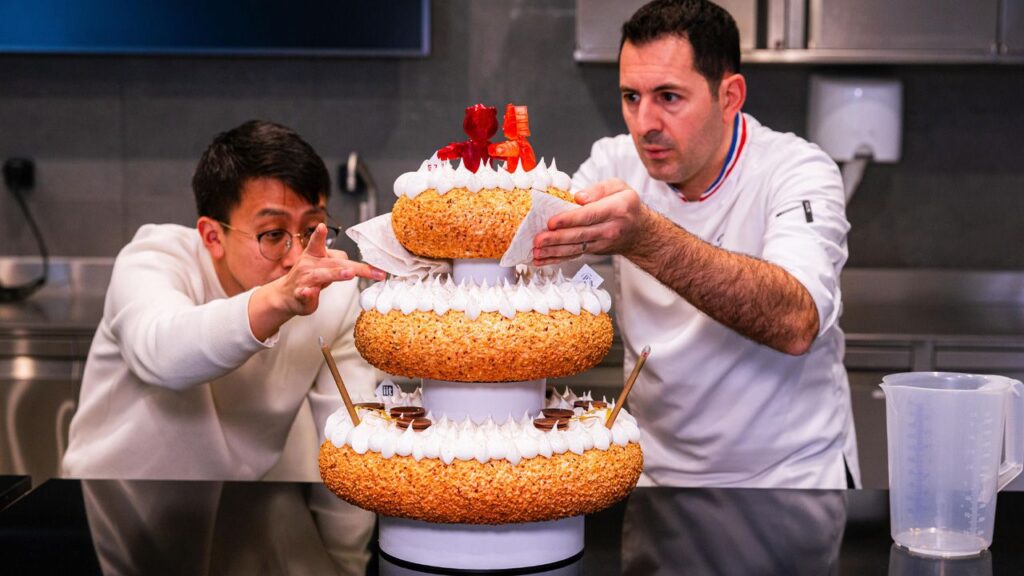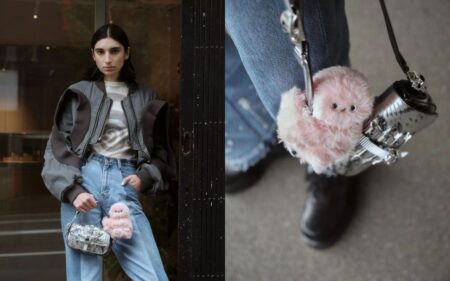Modern robotics science has evolved since the first industrial robot in the early 1950s. The industry has had immense leaps in household robots, including smart vacuums, security robots, lawn care robots, cooking assistants, and even social and companion robots. While we have become comfortable with home robots that automate tasks and make everyday life convenient, imagining a robotic cake is like conjuring up Hogwarts or Narnia in real life. Or so we thought! In an industry-first, an international team of researchers has combined robotics with culinary science to create RoboCake, a multi-tiered cake with edible parts and the world’s first edible rechargeable battery.
Giving a new outlook to the term fusion cuisine, researchers from Switzerland’s École Polytechnique Fédérale de Lausanne (EPFL) and the Italian Institute of Technology (IIT) collaborated with pastry chefs and food scientists to create this unique dessert, which is currently being displayed at the Osaka Expo 2025. To top that, RoboCake is a wedding cake, an advanced demonstration of the progress made by the RoboFood project, which aspires to create an avant-garde generation of edible robots and intelligent food.
The RoboFood is a €3.5 million four-year research project funded by the European Union. Before you ask about the practicality, the project aims to combine food science and robotics uniquely to pave the “way for edible robots and robotized food for food preservation, emergency nutrition, human and veterinary medicine, or a new culinary experience.”
You may be wondering how that is possible, though. How could a rechargeable cake, that’s robotic to begin with, be edible? The cake features small movable figures sitting atop it, which are edible robotic bears. Made from gelatin, syrup, and food dyes. Bokeon Kwak, a researcher at LIS, says, “They are animated by an internal pneumatic system: when air is injected through dedicated pathways, their heads and arms move.”
The mind-boggling components, the edible rechargeable batteries, are crafted from a special recipe of vitamin B2, quercetin, activated carbon, and charcoal.
Valerio Galli, a PhD student at IIT, shared, “These batteries, safe for consumption, can be used to light the LED candles on the cake. The first flavor you get when you eat them is dark chocolate, followed by a surprising tangy kick, due to the edible electrolyte inside, which lasts a few seconds.”
Also Read: How AI-Powered Smart Devices are Making Home Automation More Intriguing
The little chocolate wafer-like disks look appetizing, and you won’t even know what they entail. The researchers understand the apprehensions about ingesting electronic components. But they ponder, “What if eating these parts actually delivered a unique taste experience – and a good one at that?” This is where the culinary team comes into play.
Julien Boutonnet, a senior lecturer at Swiss hospitality school EHL and recipient of the Meilleur Ouvrier de France (MOF) award for pastry and candymaking, shares, “Our challenge was to find the best way to showcase the innovations of our two partners, EPFL and IIT, by adding what we do best: indulgence. This is how the RoboCake was born, a true event pastry cake, meeting the challenge of combining technique, electronics, and taste.”
According to Dario Floreano, head of the Laboratory of Intelligent Systems (LIS) at EPFL and coordinator of the RoboFood project, “Edible robots could be used to deliver food to endangered areas, to deliver medicines in innovative ways to people who have difficulty swallowing or to animals, or even to monitor food and its freshness using sensors that can be eaten. This interdisciplinary collaboration paves the way for interactive and delicious gastronomic experiences reminding us that food is a precious resource and possibly reducing overeating.”
The RoboFood does project some interesting aspects; however, the validity and real-world applications of “intelligent food” or food with electronic components remain to be seen.
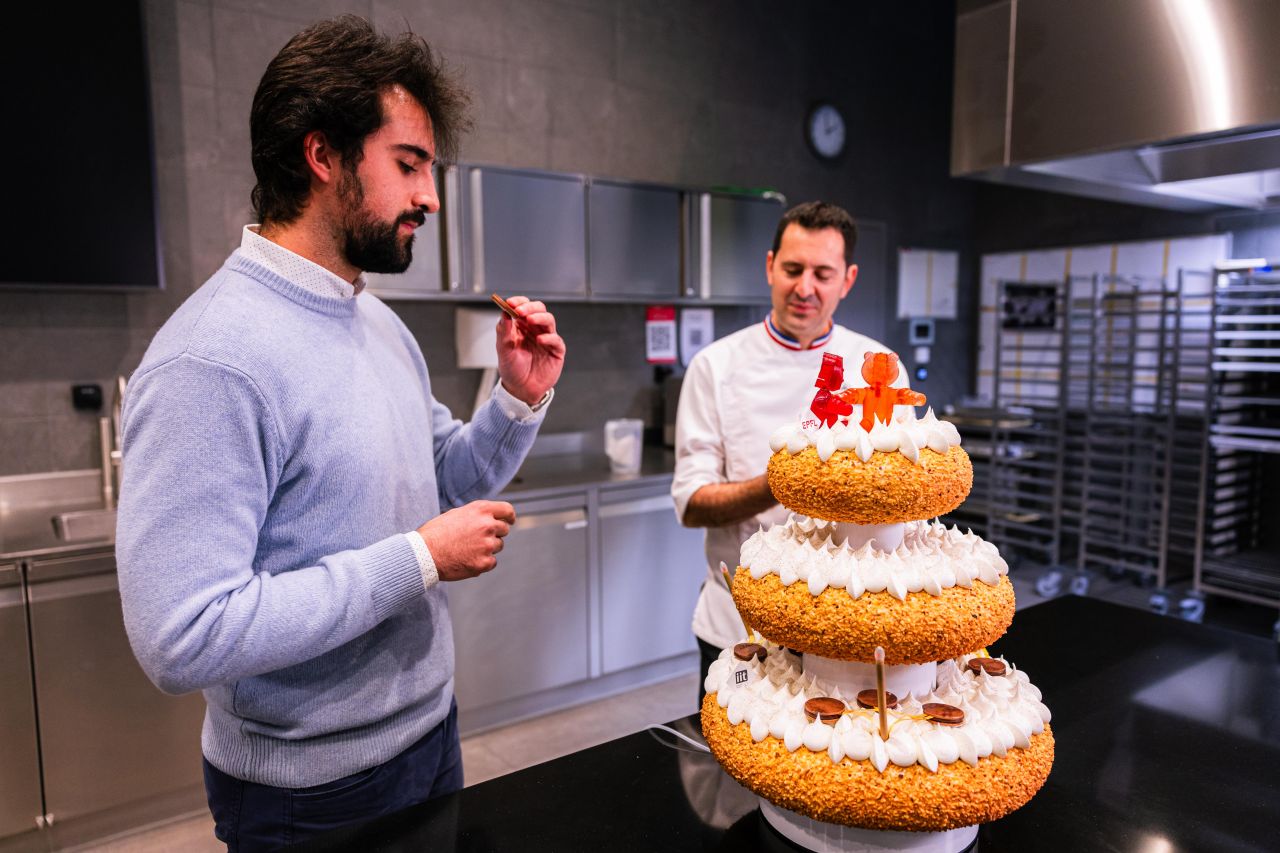
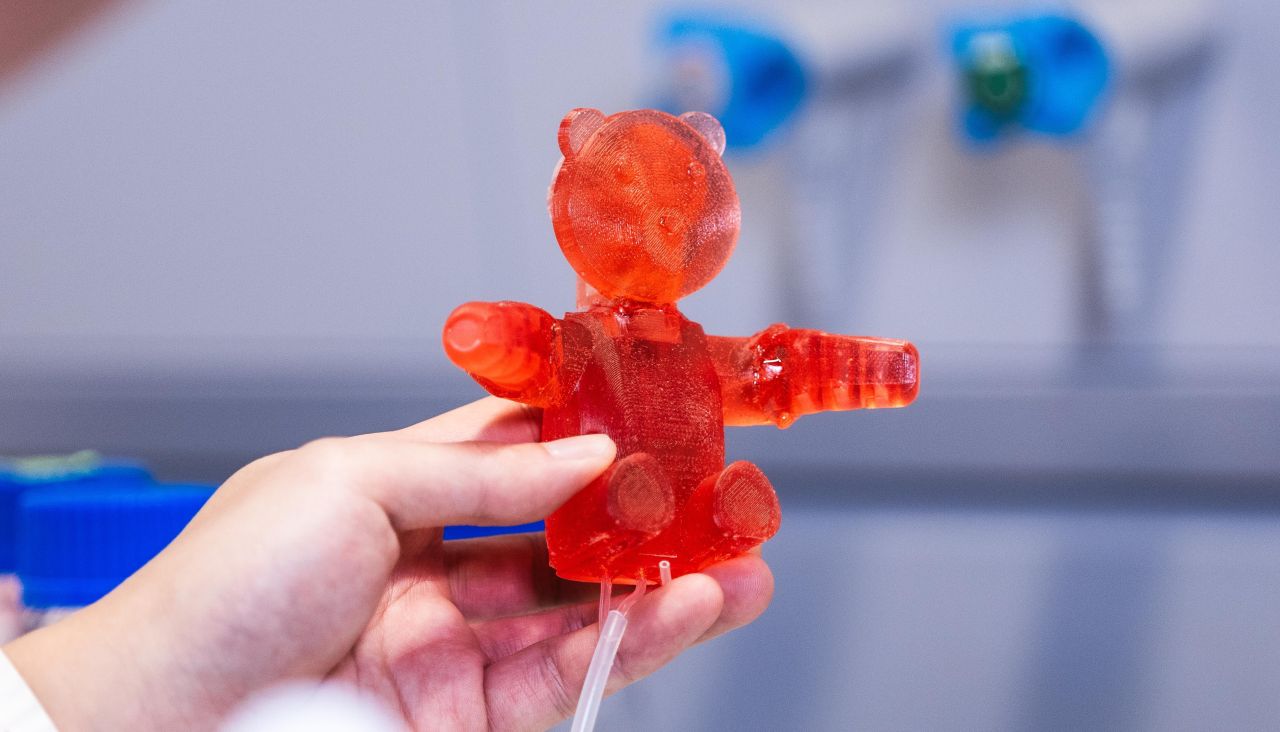
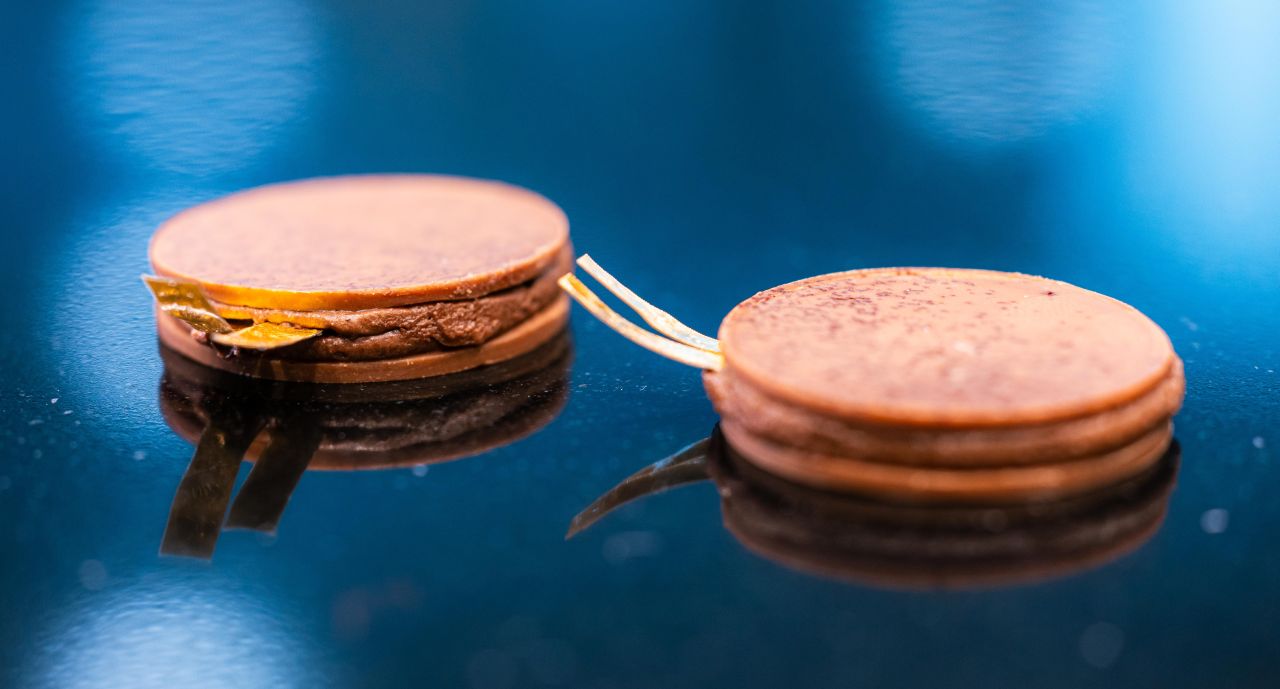
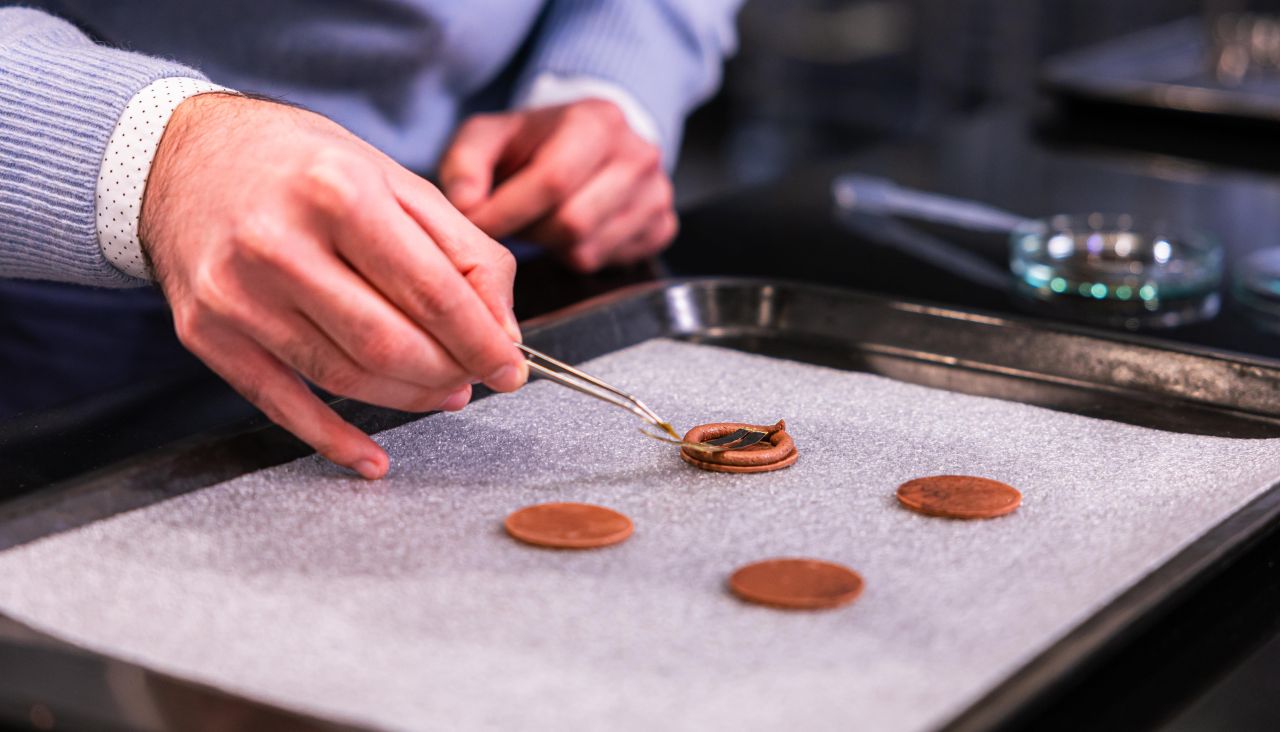
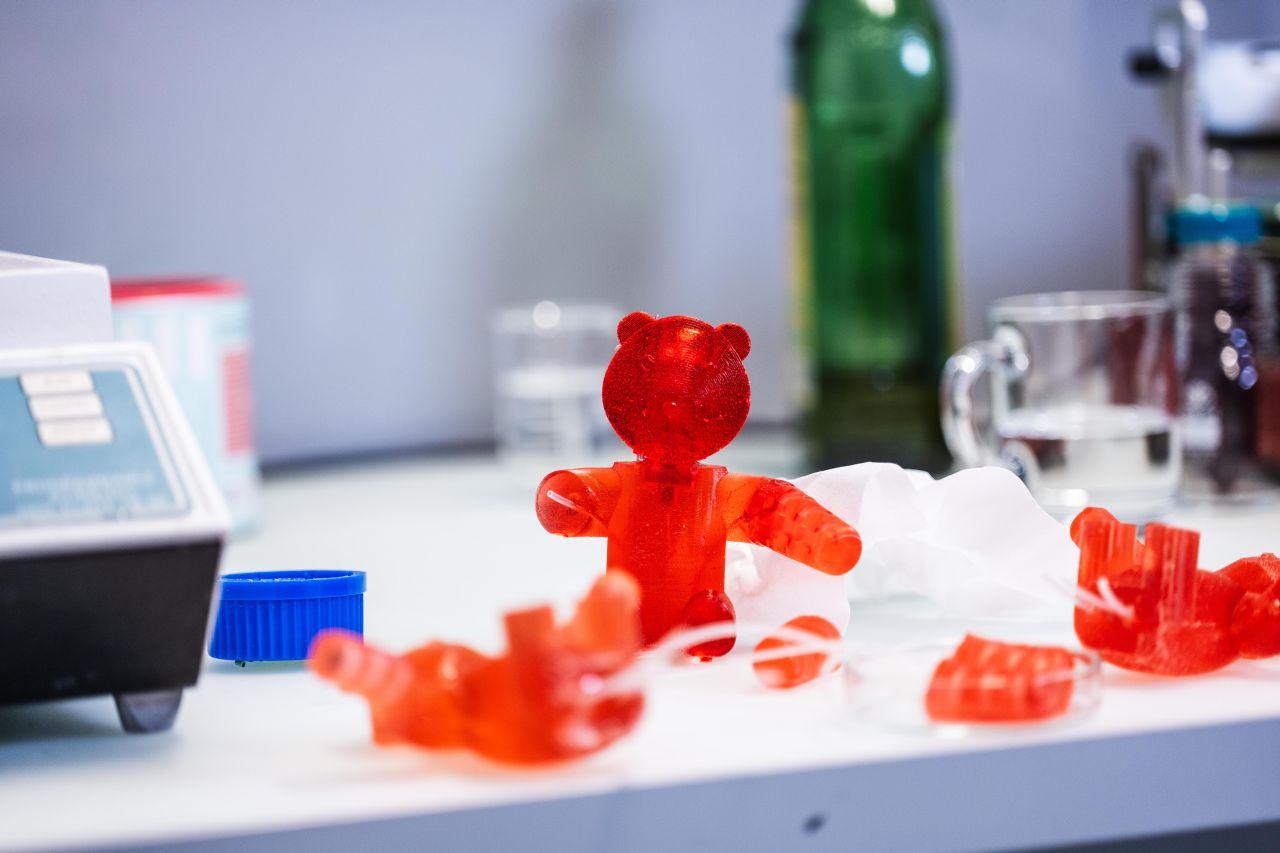

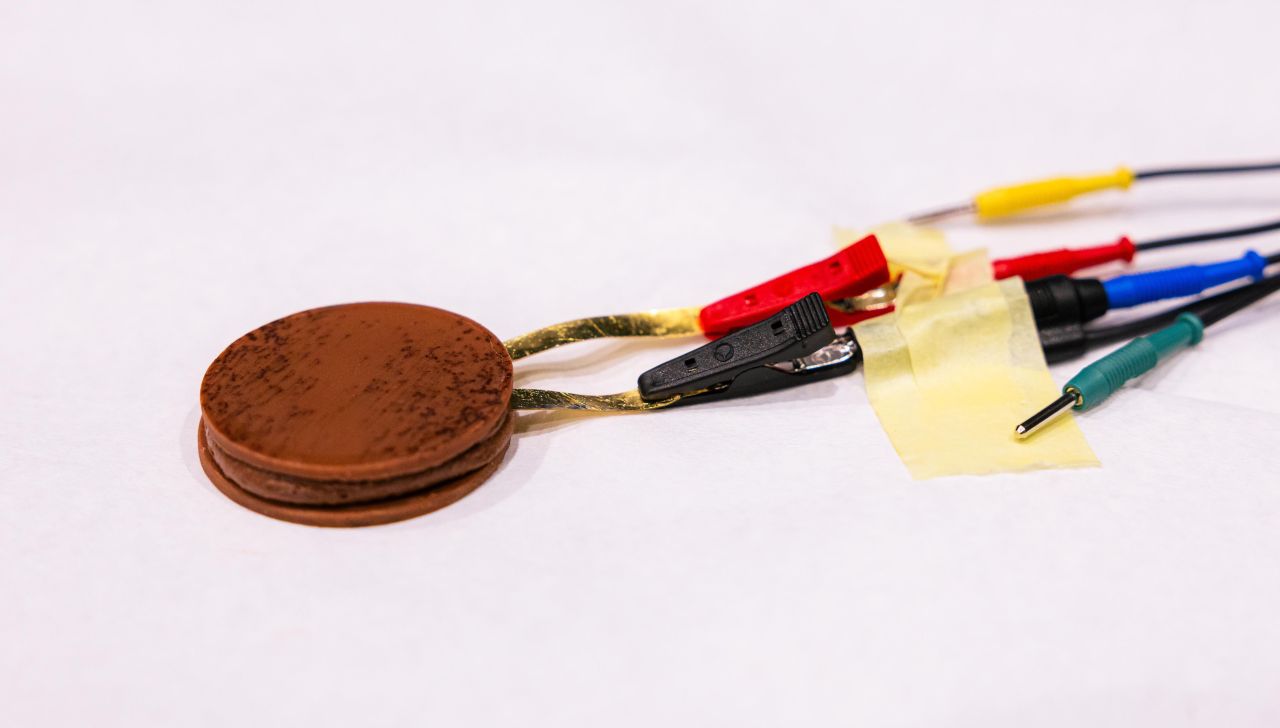
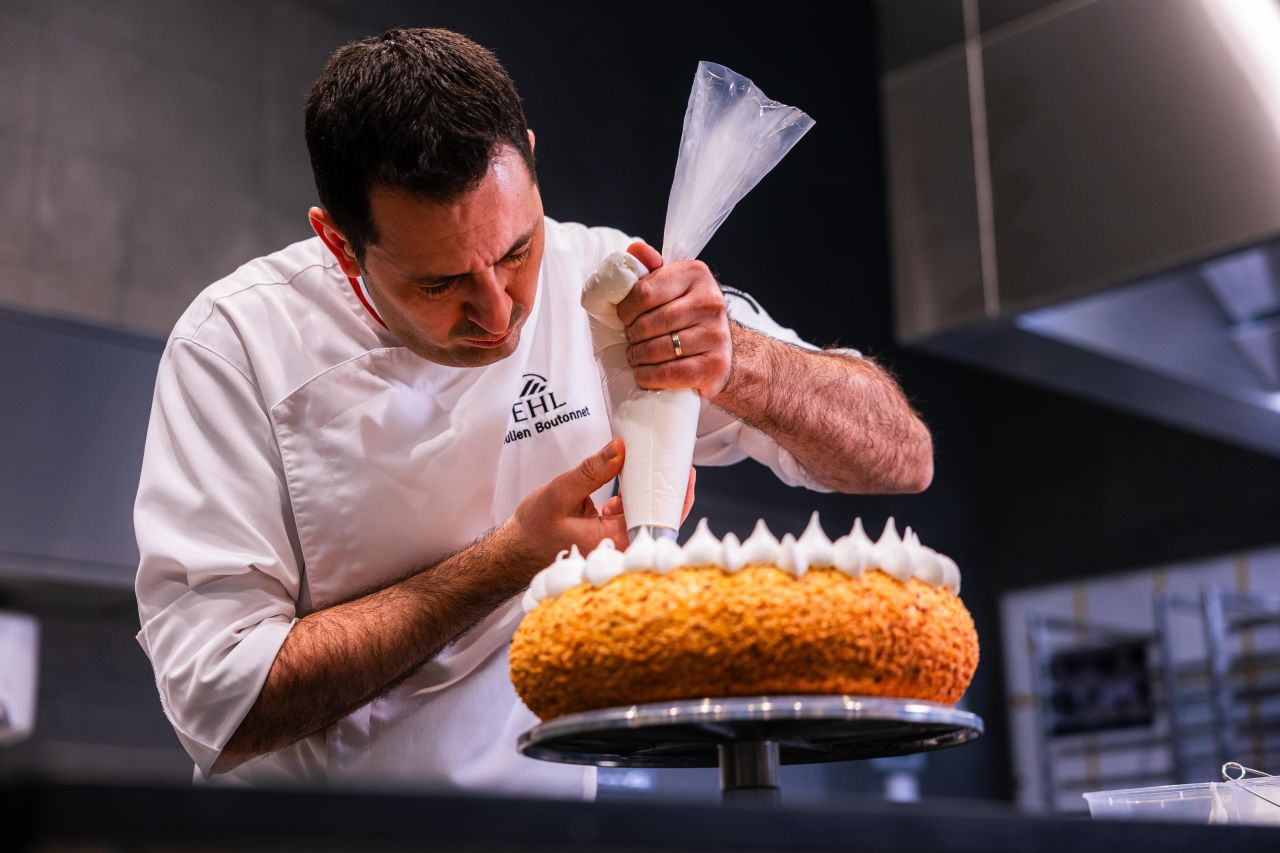
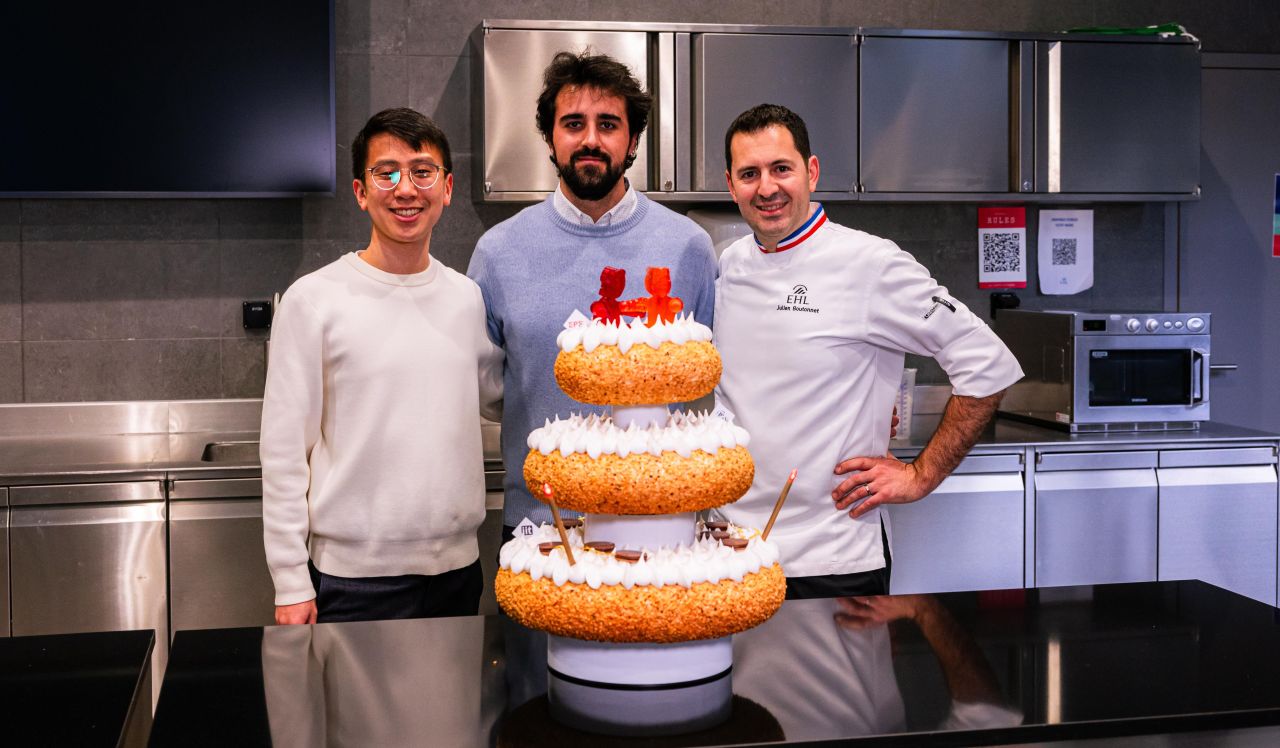
Via: New Atlas
Follow Homecrux on Google News!
